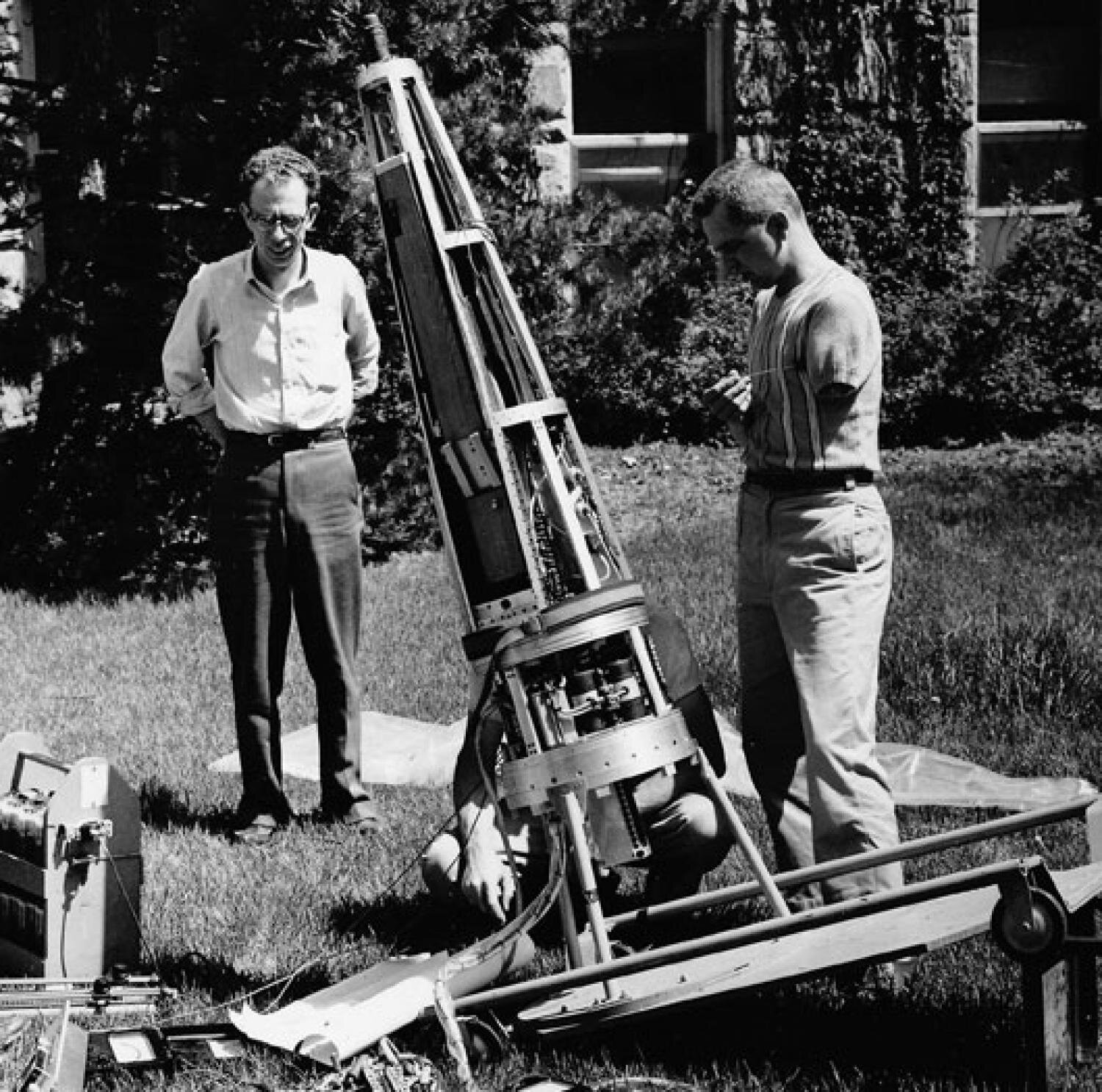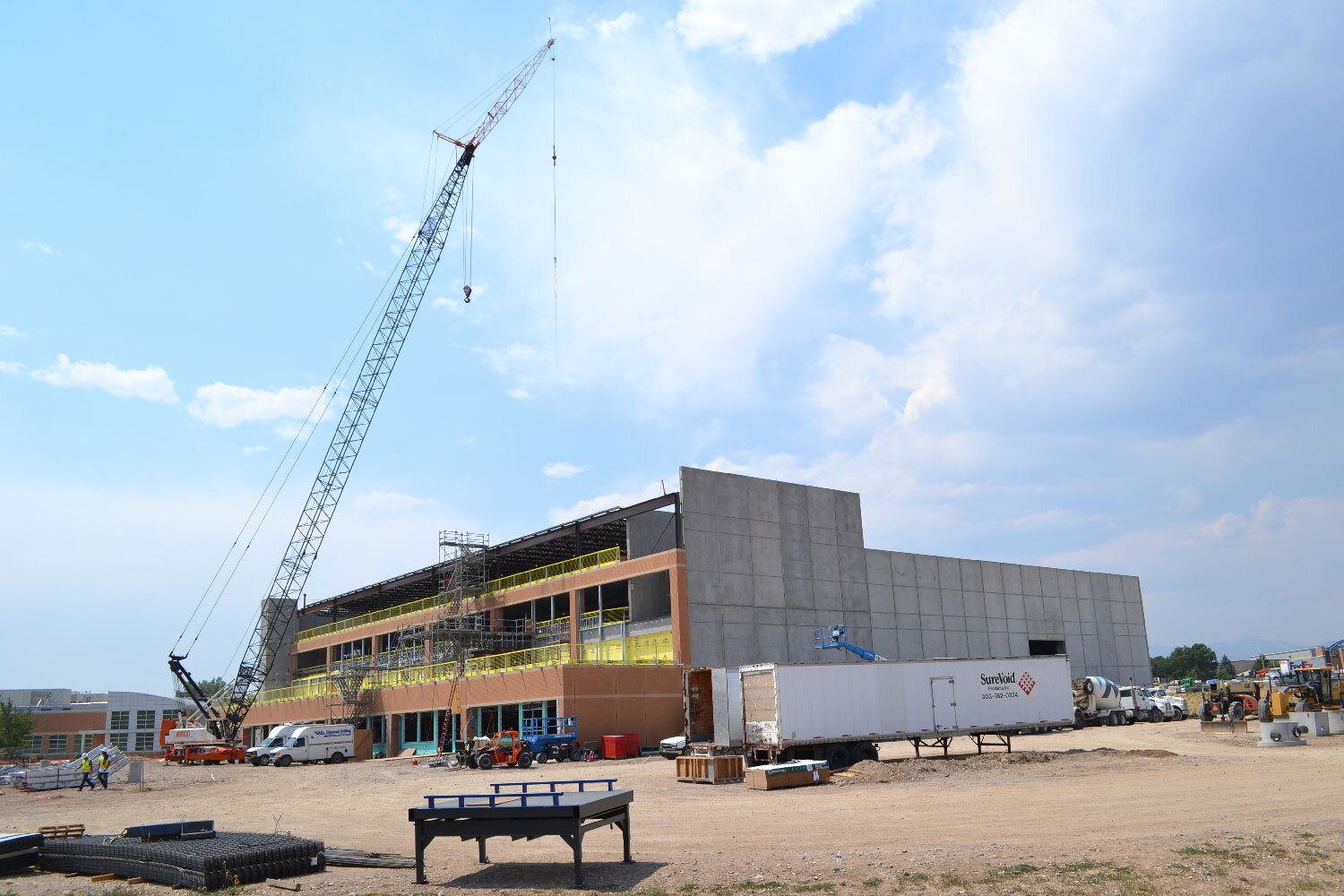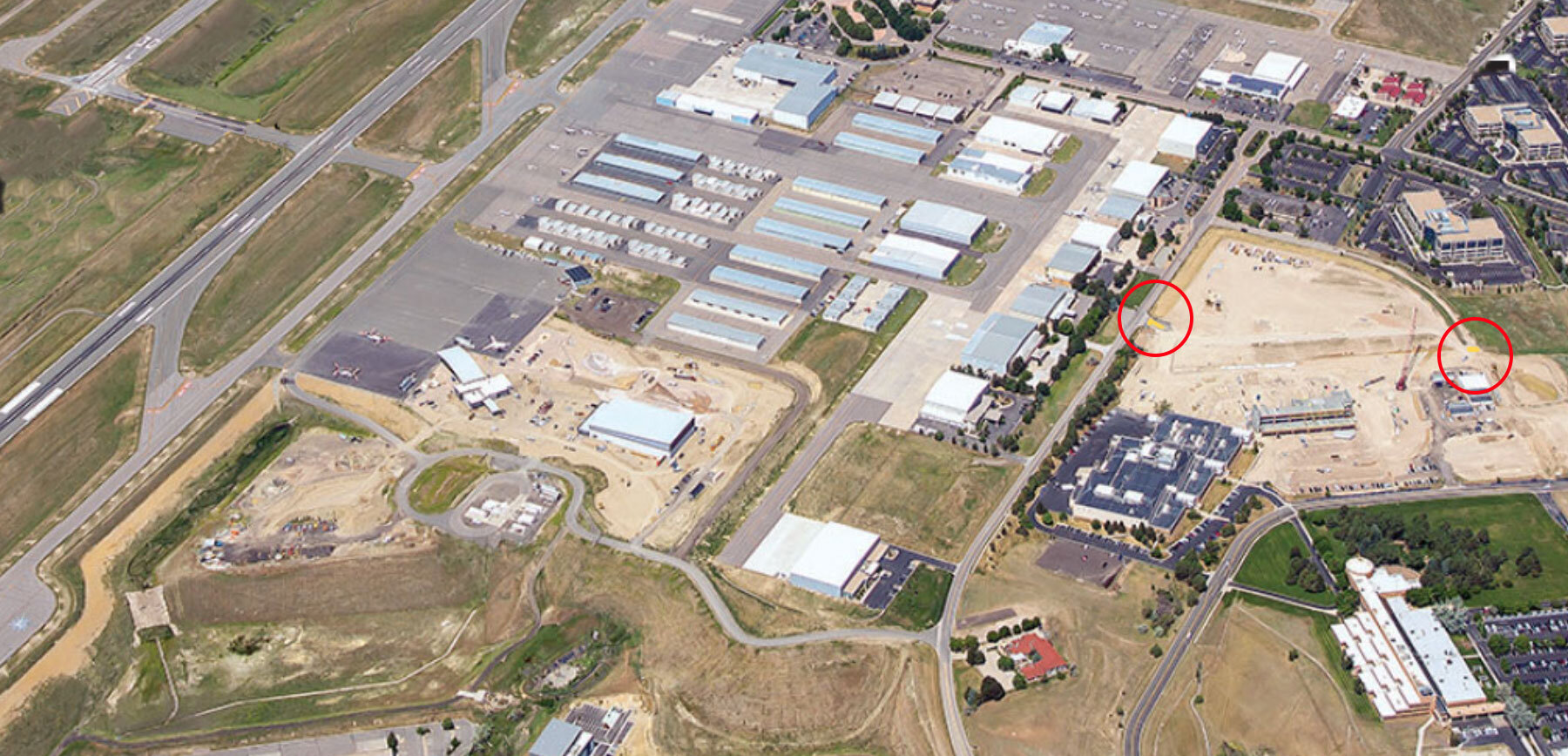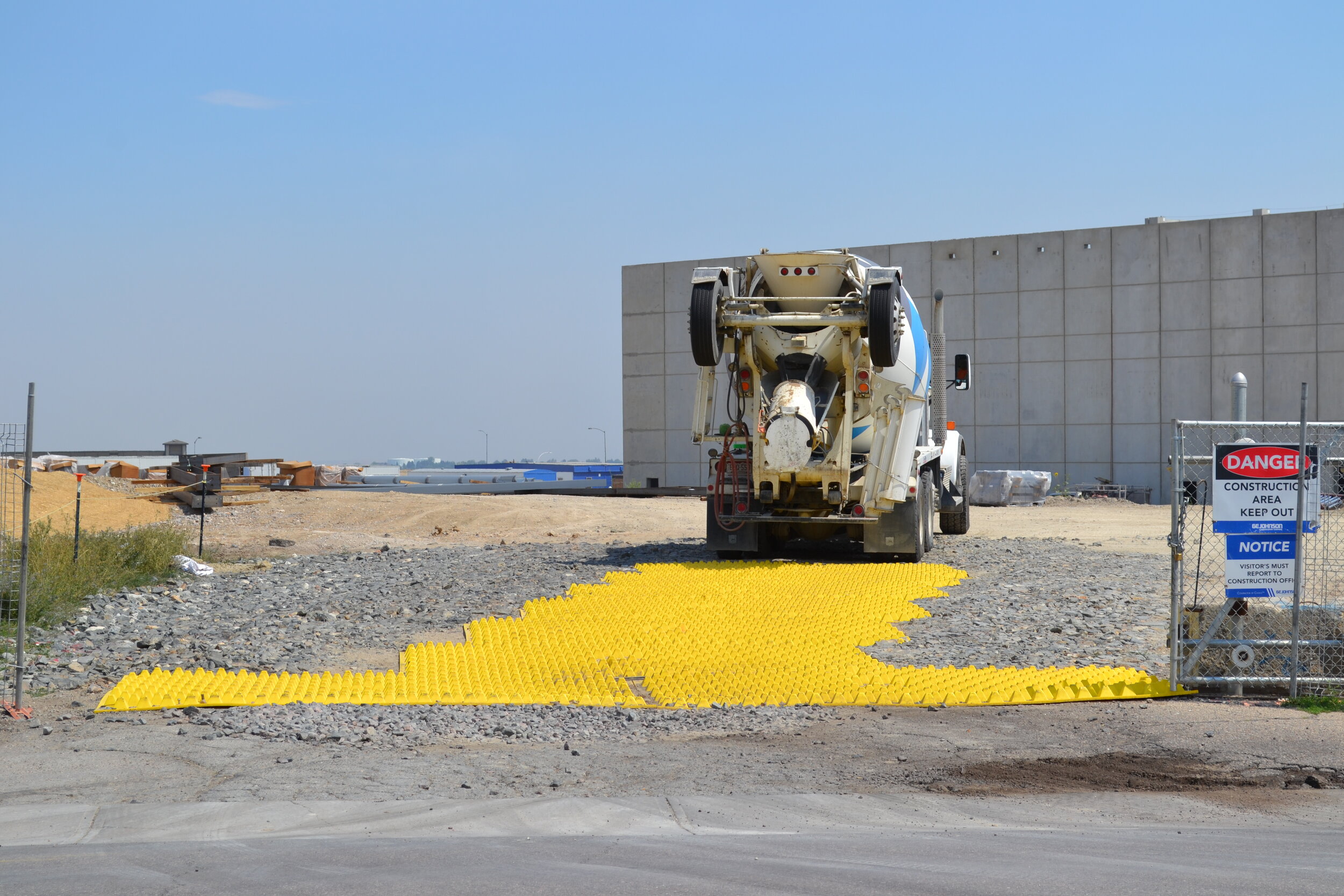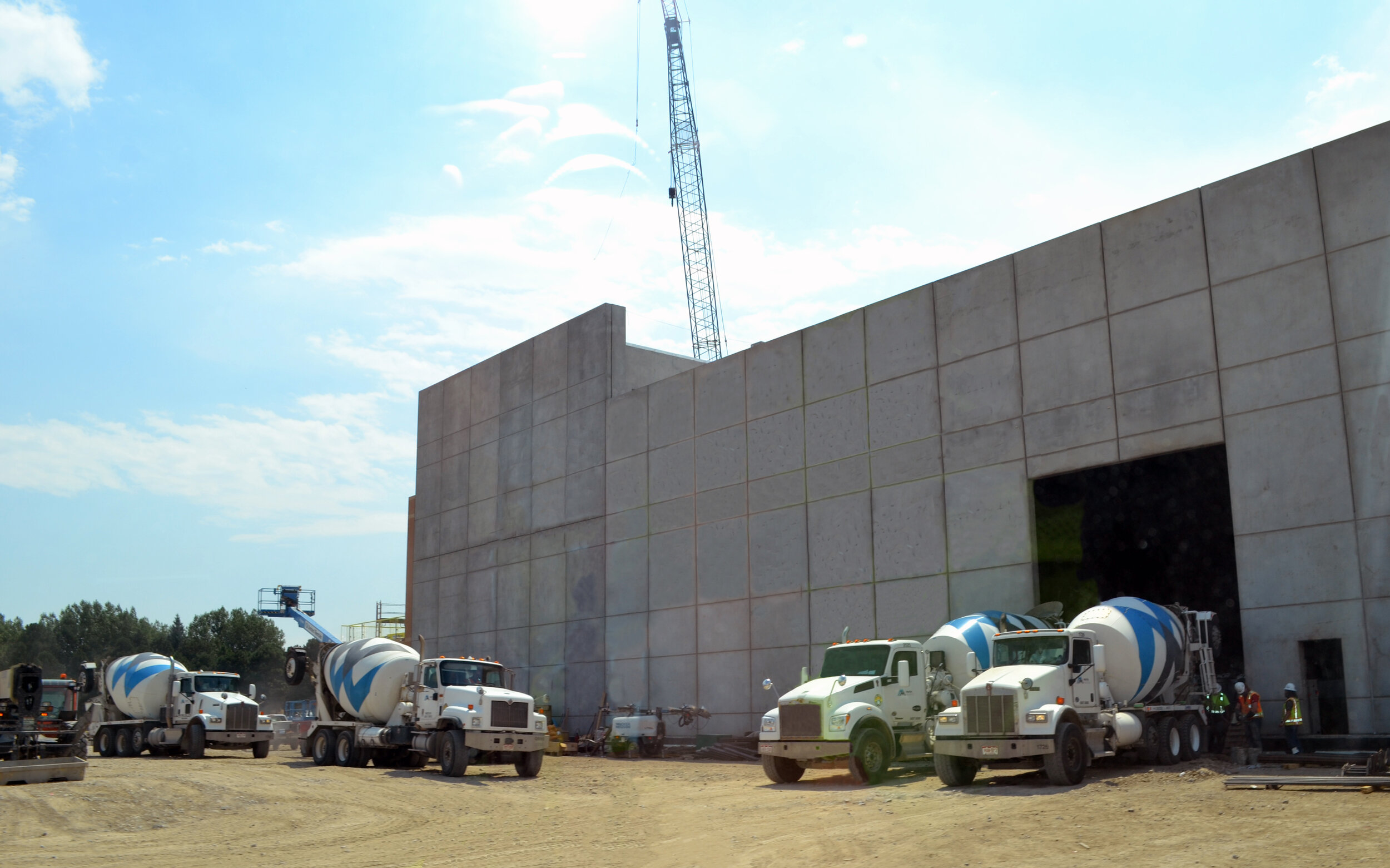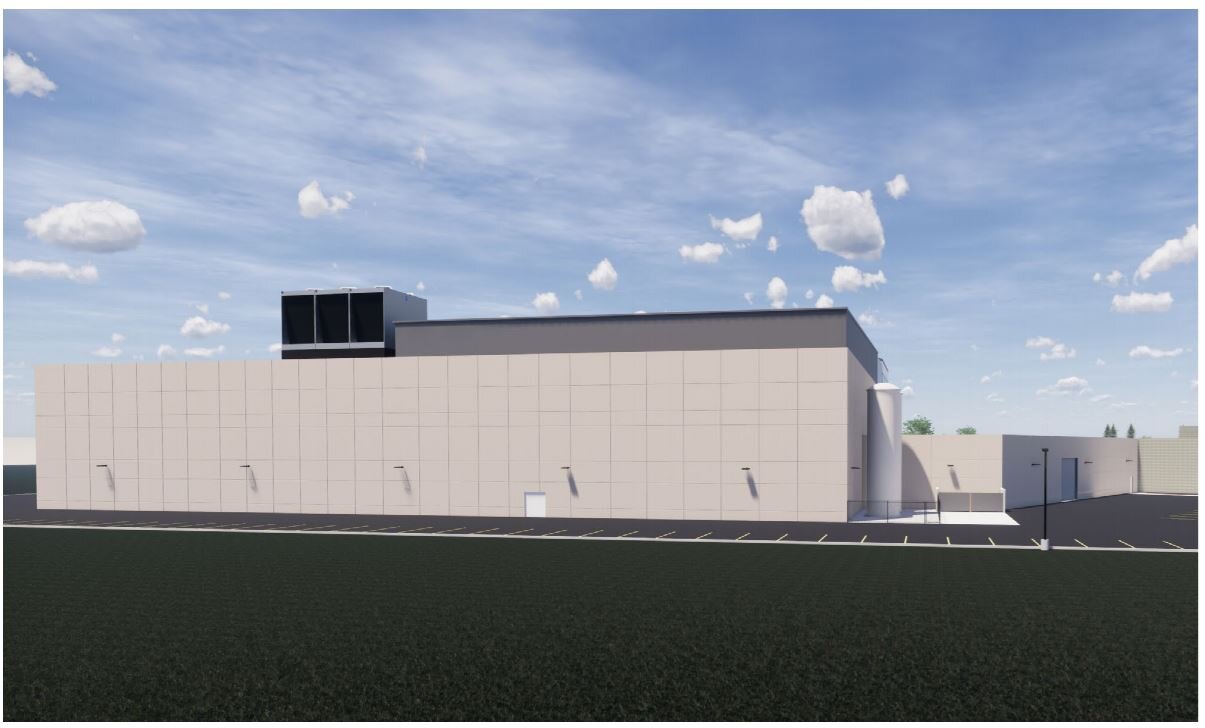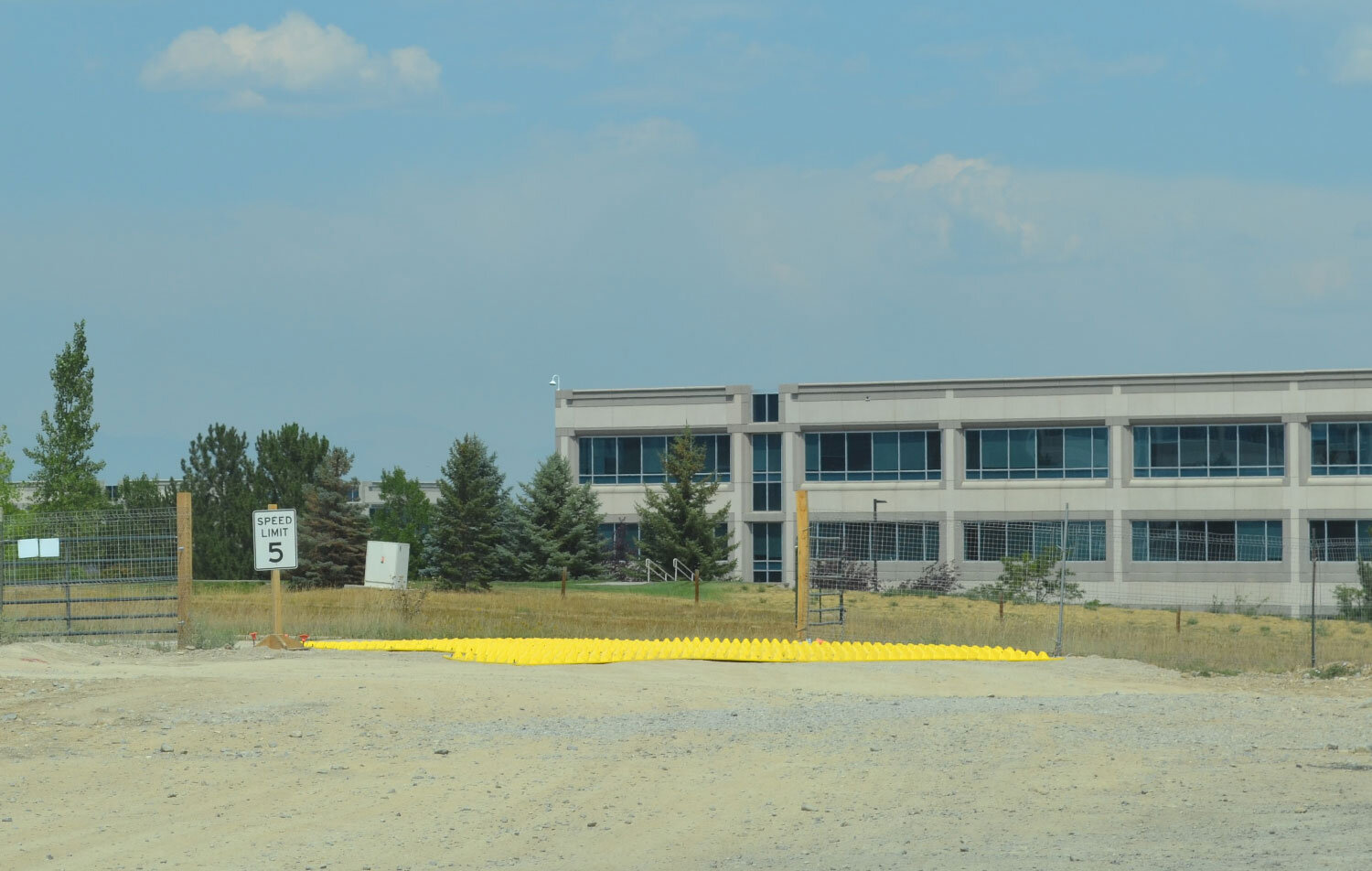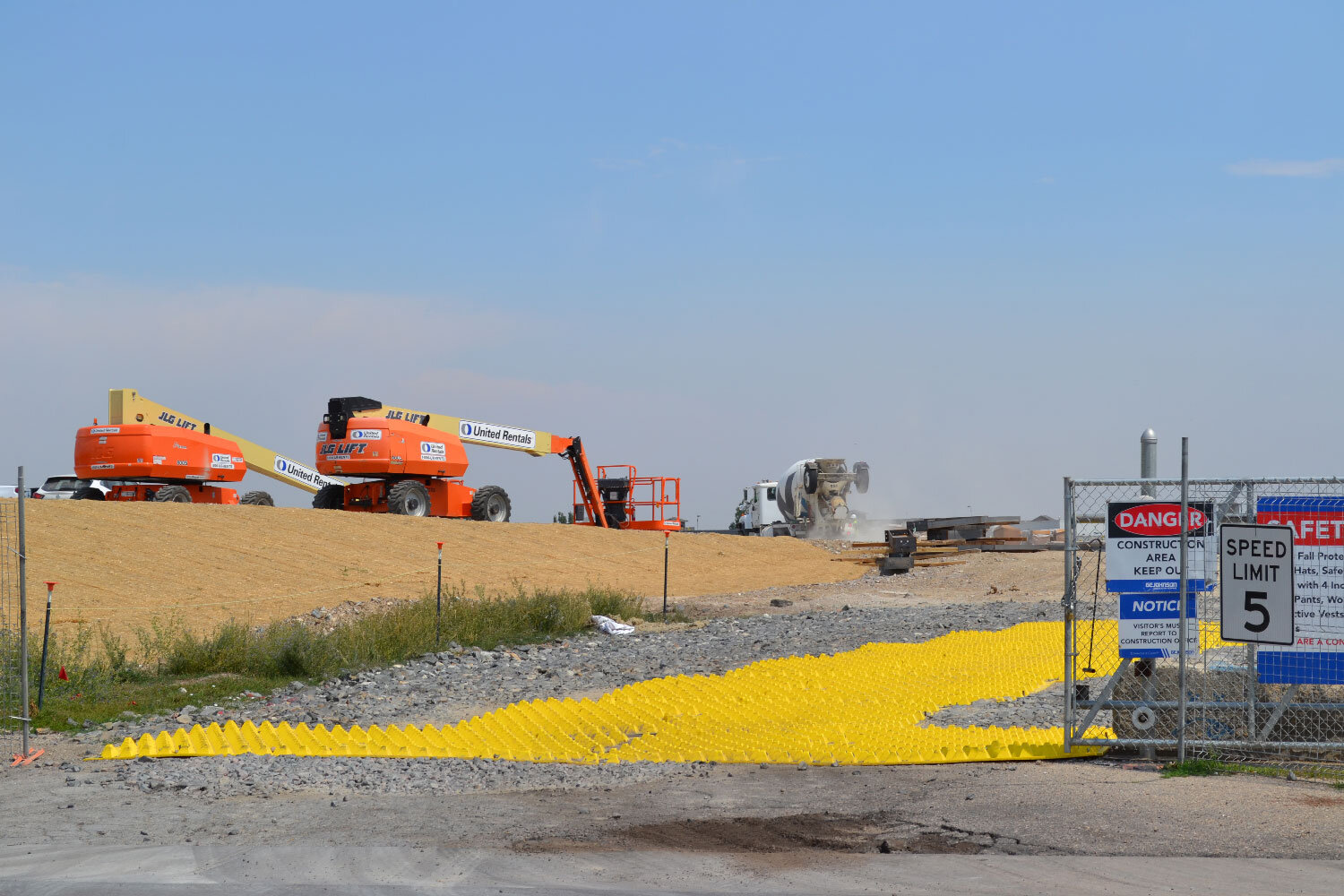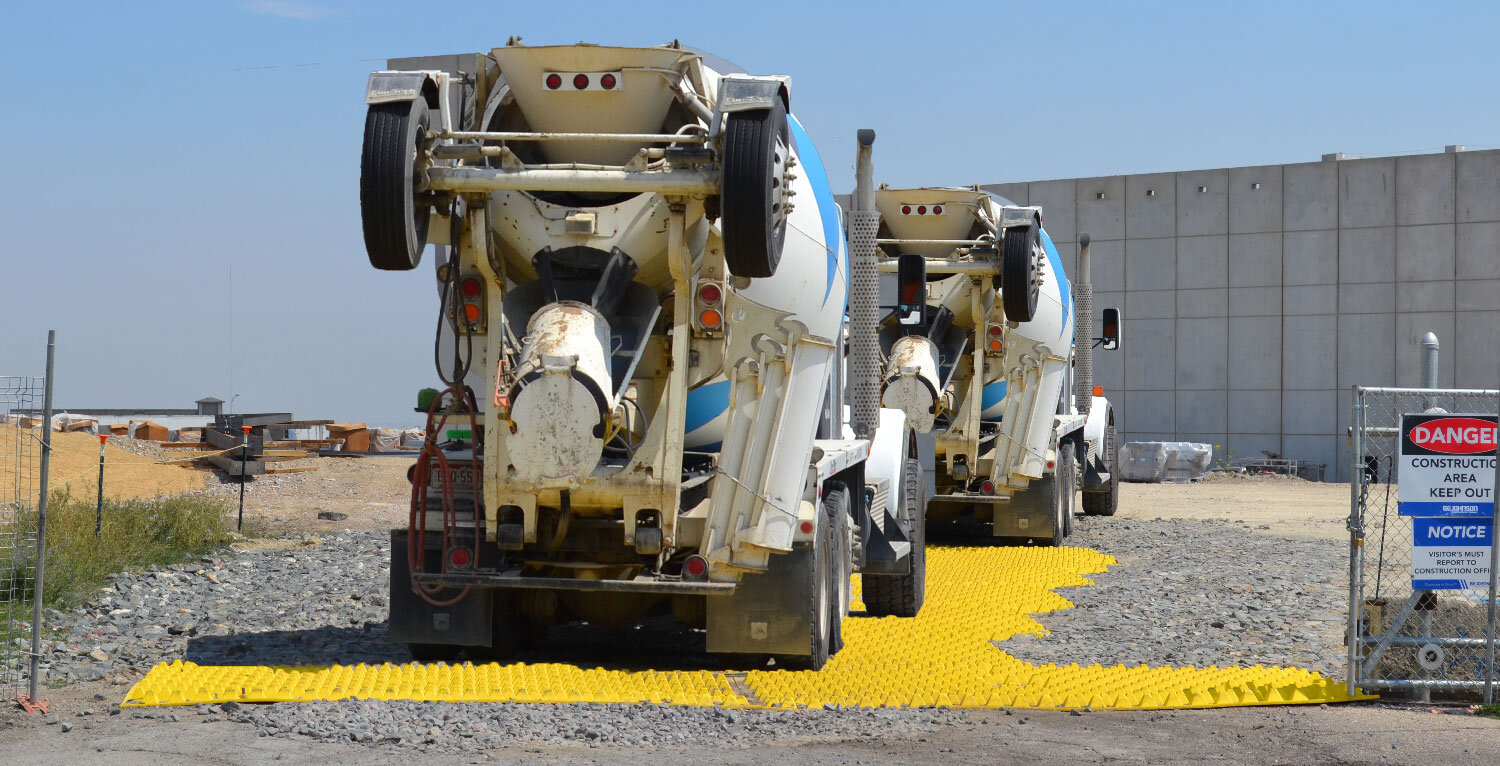Space Industry Leader - Ball Aerospace Research & Development Expansion Project: Broomfield, Colorado
BACKGROUND
The Ball canning design came from a legally licensed Mason patent.
In New York in 1880, five brothers founded the Ball Corporation which began manufacturing kerosene containers. Design revisions replaced the tin lining with a glass which was non-reactive and preserved the kerosene longer. By 1905, Ball’s glass manufacturing capabilities would be used to produce 60 million of the iconic glass canning jars annually. After 140 years, the Ball Corporation is valued at $11 billion and has subsidiaries which specialize in a wide range of industries including recyclable metal beverage packaging, foods and household products, as well as aerospace components and spacecraft, instruments for national defense, and the recent commercial space industry.
BALL AEROSPACE & TECHNOLOGY Corporation
Physicists working on a sun seeking pointing control for rockets studying space.
One of Ball Corporation’s subsidiary success stories is Ball Aerospace and Technology Corporation. Nicknamed The Scientists’ Aerospace Company, the subsidiary was established by a group of physicists from the University of Colorado in 1956. The group was commissioned to manufacture a glass measurement device for Ball Corporation, but found another opportunity for the results of their research. The team created point controls for sounding rockets carrying scientific instruments to study space.
Impressed by the what the physicists had created, Ball invested in a research and development division. This division paved the way for the Ball Corporation to enter the space arena and for them to play a fundamental role during the dawn of the space age in 1957.
“From the dawn of the space age, Ball has been instrumental on some of the most groundbreaking missions in history…We’re proud to be part of Colorado’s growing aerospace sector, the second-largest space economy in the U.S.”
INSPIRATION, INNOVATION & INVESTMENT
Ball produced the optical system and mirrors for the James Webb telescope launching aboard the rocket Ariane 5 in November 2021. The telescope will allow scientists to look back 13.5 billion years in time.
Ball Aerospace and Technology Corporation has continued to provide crucial research and development to the space industry. Some past and current products include: one of NASA’s first spacecraft, the first seven telescopes in The Orbiting Solar Observatory Program, the ultrasensitive photometer for the Kepler Mission that enabled the discovery of other planets orbiting around stars, the COSTAR instrument that corrected the Hubble Space Telescope’s fuzzy images, the OLI (Operational Land Imager - four mirror anastigmatic telescope) 2 Telescope that will capture high resolution observations of the planet for agriculture, geology, forestry, and regional purposes launching in September of 2021 and the optical system and mirrors that will be part of the James Webb Telescope in November of 2021.
Ball engineers precision pointing and tracking systems, payload development, processing remote data from outer space, affordable steerable antennae, electro-optics, cryogenic tanks, and are responsible for national space security, application of artificial intelligence and machine learning to space, monitoring weather and climate change on the earth, missions to observe and protect the land, and plans for better mitigation of future natural disasters.
BALL AEROSPACE Expands Labor Force
As Ball Aerospace continues to expand so does it Research & Development Facility in Broomfield, Colorado.
The Ball campus sits on 73.5 acres and is adjacent to Rocky Mountain Metropolitan Airport.
To support future missions for space and national agencies such as the Department of Defense, NASA, NOAA and other U.S. government entities, Ball Aerospace has hired on additional labor. To accommodate the new growth, Ball is expanding its Research & Development Park on their 73.5 acre facility in Broomfield, Colorado.
The new addition has a footprint of 68,049 square feet and will accommodate various office, research & development and light manufacturing labs, as well as a cleanroom buildout with space for three future classrooms. The facility was designed with future expansion in mind. The construction site is located directly north of Rocky Mountain Metro Airport on Metro Airport Ave.
EXPANSION PROJECT CHALLENGES
The land for the expansion project is located within the Airport Influence Area or Aviation Land Use Area calls for “high quality employment/aviation land use” and developments must meet Federal Aviation Administration (FAA) Regulation Part 77 requirements. Part 77 requirements address impact of development to airport operations. With construction activities in close proximity to Rocky Mountain Metro Airport, contractor, GE Johnson, had to consider site layout and all potential construction-related hazards to airport operations and air navigation. In particular, management of FOD (foreign object debris) including construction dust, debris, and trackout was a high priority.
Tilt-up walls provide the sides of the Research & Development expansion.
The tilt-up walls for the Research & Development facility require massive quantities of concrete. A high volume of concrete trucks accessed the site through the stabilized entrances daily from Long Peaks Drive and Metro Airport Avenue. The adjacent road networks between the site and the airport needs to be maintained in order to provide a safe and efficient transportation system and access to the airport during construction.
The project is located within an area that consists high plains biological communities, grassland terrain and several drainage features. Surrounding lakes and reservoirs include Autrey Reservoir, Hodgson-Harris Reservoir, Ketner Reservoir, and Lower Church Lake. Waterways traversing the area include Big Dry Creek, Rock Creek, Walnut Creek, Dry Creek Valley Ditch, and Upper Church Ditch. Surface runoff from construction activities is regulated through the NPDES (National Pollutant Discharge Elimination System), and operators use mitigation techniques to reduce sedimentation and erosion during construction. One of these techniques, also called Best Management Practices, is the construction entrance.
GE Johnson needed an entrance that would help alleviate construction FOD (foreign object debris) trackout and not disrupt airport operations near the site. The stabilized construction entrance would need to endure heavy construction traffic, while preserving surrounding biological communities and protecting drainage features. After comparing options, the FODS Trackout Control Mats were installed to meet the performance requirements on the project.
FODS ENGINEERED ENTRANCE SOLUTION
FODS Reusable Stabilized Construction Entrance, also called Trackout Control Mats, installed at Ball Aerospace facility
GE Johnson installed two separate FODS Reusable Construction Entrances on site to reduce trackout and help mitigate dust. The mats have pyramids which deform and compress vehicle tires as they drive across causing debris to fall out and collect into the base of the pyramids. The system is able to clean tires of all sizes, and provides a maintainable and effective solution for containing job site trackout. The entrance can be used with or without additional BMPs such as rock, steel plates, or wheel wash stations.
Throughout the duration of the project, the FODS Reusable exits continue to help GE Johnson stay compliant with NDPES and avigation easement requirements with Rocky Mountain Metropolitan Airport.
Two separate FODS Reusable Construction Entrances are placed on site. Contractors have to consider site layout and potential construction-related hazards near airports in order to not disrupt airport operations and air navigation.
Stabilized construction entrance configured in a T-shaped curve to provide a larger turn radius.
One construction entrance is installed leading onto Metro Airport Avenue northwest of the expansion project adjacent to Rocky Mountain Metro Airport. This entrance is a heavy equipment entrance and is used by a hundred plus vehicles daily. The FODS system of mats is placed over a riprap stabilized construction entrance that had been flattened and is no longer effective. The entrance consists of 8 mats anchored in a “T” shaped design that allows for a wide turn radius for exiting vehicles. An additional construction exit is near 119th Drive that also leads onto Metro Airport Avenue and allows access to the site and contractors office from the northeast. The entrance is installed in a double wide 2x4 mat configuration and is anchored directly onto a gravel substrate.
Additional stabilized construction entrance is anchored to gravel to allow entry to the construction site’s main office.
FODS mats are made from a durable HDPE with high weight-bearing capacities and a have lifespan of 10 plus years. The system can be installed on any substrate, and is effective at reducing trackout from any size tires. FODS trackout control mats deliver value to our customers, saving them on long term construction costs while maintaining stormwater permit compliance.
Contact our team of specialists today for more information, specifications, or to learn more about how FODS Trackout Control Mats can be configured to meet your construction entrance needs.
Phone: 844-200-3637
Email: info@getfods.com.


